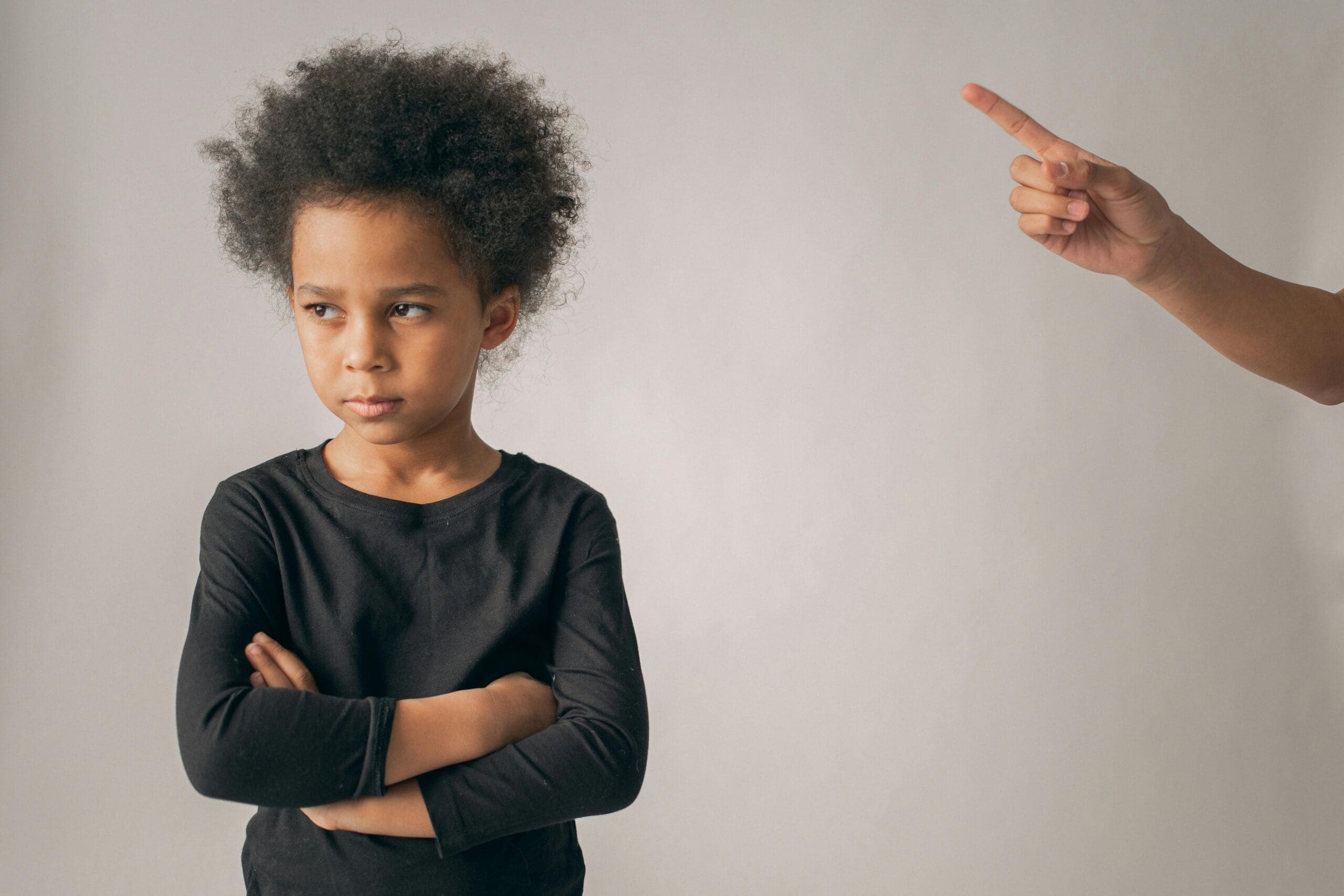It’s been nearly 30 years since corporal punishment was banned in South African schools, but the practice clearly hasn’t disappeared. Just recently, learners at Madisong High School in Hammanskraal, north of Pretoria, came forward with reports of physical assault by the principal. The Democratic Alliance has since called for swift action. And this isn’t an isolated case. Earlier this year, two teachers from KwaZulu-Natal at Hlangabeza High School and KwaMgaga High School faced similar allegations.
KZN Education MEC Sipho Hlomuka didn’t mince his words on the matter: “Corporal punishment has no place in our schools. We are committed to ensuring every child learns in a safe, supportive environment free from fear and intimidation.”
According to News24, the National Professional Teachers’ Organisation of South Africa echoed this, reminding educators that corporal punishment isn’t just illegal, it’s harmful. ‘Corporal punishment in our schools only contributes to the violent communities we come from. Educators are role models to our young learners and are responsible for moulding them, “ the organisation’s CEO, Thirona Moodley, said.
Corporal punishment typically involves hitting or using physical force as a form of discipline. Despite the law, it’s still the most reported form of school-based violence. Stats SA’s 2021 report found that over 1 million learners aged 5 to 17 had experienced violence at school, and in 84% of those cases, the violence came from teachers.
Corporal punishment is illegal
The ban on corporal punishment was put in place to protect children and ensure they are treated with respect. Back in 1995, South Africa’s highest court ruled that hitting children as a form of punishment was cruel and stripped them of their dignity. That decision led to a 1997 law that prohibited all physical punishment, whether at home or in school. The goal? To encourage safer, more respectful ways to guide and discipline children without resorting to violence.
What are the current laws that protect children in schools?
Speaking to explain, University of Fort Hare family law lecturer Anathi Phela puts it simply: “Section 28 of the Constitution includes the rights of children; this means that children are a vulnerable group and they should be protected.”
He explains that corporal punishment was officially banned in schools under Section 10 of the South African Schools Act of 1996. The law is clear: no one is allowed to hit a learner, and if they do, it’s a criminal offence. Then, in 2019, the Constitutional Court took things a step further. It scrapped the old idea of “reasonable chastisement,” which used to let parents argue that hitting their kids was okay as long as it wasn’t too harsh. That’s no longer the case. Now, any form of physical punishment, whether at school or at home, is considered illegal in South Africa.
The recent Basic Education Laws Amendment Bill even broadened the definition of corporal punishment to include emotional abuse and harmful initiation practices. But despite these legal protections, the reality many children face still doesn’t match what’s written in law.
Voices of parents and teachers
When it comes to discipline in schools, teachers and parents don’t always see eye to eye. Speaking to explain, a pro-corporal punishment staff member from Mt Frere Community School, who wishes to remain anonymous, shared their frustration, saying, “The learners we teach nowadays have a lot of freedom.”
The teacher added that many learners use their knowledge of their rights to avoid the consequences of their actions. “They can be irresponsiable because they know that there is nothing that can be done to them. Even us, we were beaten, but we turned out just fine,” they said, also referring to the Bible as a guide for discipline.
On the other hand, Lilitha Xego, a mother of one, disagrees. “No, it’s not right. Any type of punishment that includes assault is not effective. It angers the child,” she said, emphasising the importance of talking and guiding children instead.
Takawira Kumbirai, a father, offered a more lenient view: “I do not have a problem with teachers beating my child as long as it is within the limits. It must not be life-threatening or cause blisters.” Meanwhile, another parent, Richard Bwaja, believes discipline with a rod should be left to parents. “There’s only so much to a limit that a teacher can do compared to a parent with their own child,” he said.
These different opinions reveal the tension surrounding discipline methods in South African schools today.
Why does corporal punishment persist?
Despite these legal protections, corporal punishment remains widespread in schools.
Here are several factors that could contribute to this persistence:
- Cultural Acceptance: Many educators and parents view corporal punishment as a traditional form of discipline. The belief that “I was hit as a child and turned out fine” motivates its use.
- Lack of knowledge: Some teachers resort to physical discipline due to a lack of knowledge about alternative methods. Without proper information about other methods, they may not know how to manage classroom behaviour effectively.
- Inadequate enforcement: although corporal punishment is illegal, enforcement is often weak; teachers found guilty may face minimal consequences, such as fines or temporary suspension.
What are some better ways to handle discipline in the classroom?
Positive discipline is a much healthier approach than using fear or punishment. It’s all about helping learners understand what they did wrong and guiding them toward better choices rather than scaring or hurting them. It works best when both the teacher and the learner are on the same page, knowing what the issue is and what will happen if the behaviour continues.
Some simple but effective strategies include setting clear rules, praising good behaviour, offering choices, trying to understand why a learner might be acting out, and involving parents in supporting positive behaviour.
There are also a few practical tips that go a long way:
- Treat every learner with kindness and fairness, and stay consistent.
- Be clear about class rules and what happens if they’re broken, like having detention.
- Move around the classroom while learners are working so you stay engaged.
- And keep your voice calm—there’s no need to shout.
Even though corporal punishment is illegal, it’s still happening in some South African classrooms. The law is clear, but enforcing it and changing mindsets remains a challenge. Ending this cycle means more than just having rules on paper. It calls for proper enforcement, training teachers in positive discipline, and a shift in how we think about discipline altogether—so that every child can learn in a safe, respectful environment.
Lona is a recent graduate with an Honours degree in Journalism and Media Studies from Wits University. Passionate about storytelling, she is eager to learn, grow, and hone her writing skills.
- Lona Sokanyile




